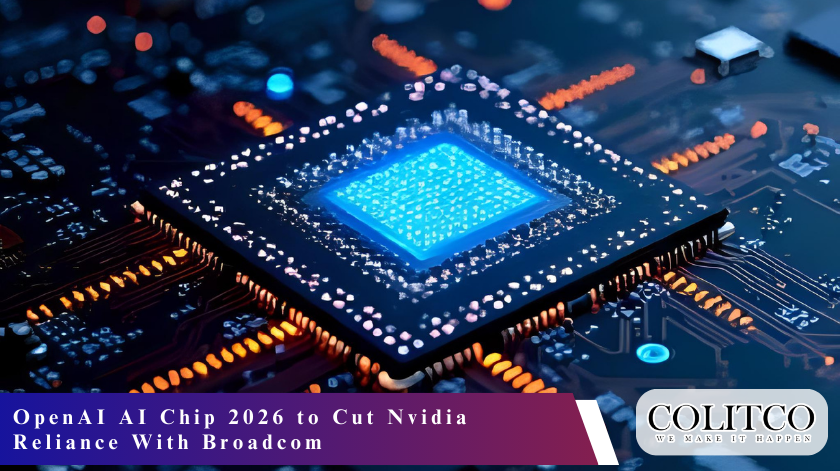Introduction
OpenAI AI chip 2026 marks a new stage in the firm’s attempt to secure computing power and infrastructure diversification. The chip, which was designed in partnership with Broadcom, will be used in-house beginning next year as demand increases for advanced AI hardware.
Broadcom Partnership Enables Custom Silicon Strategy
The Broadcom agreement was finalized after the company’s CEO, Hock Tan, told analysts that a new customer had ordered $10 billion in AI chips. Although Tan did not mention the name of the customer, sources pointed out that OpenAI was the customer.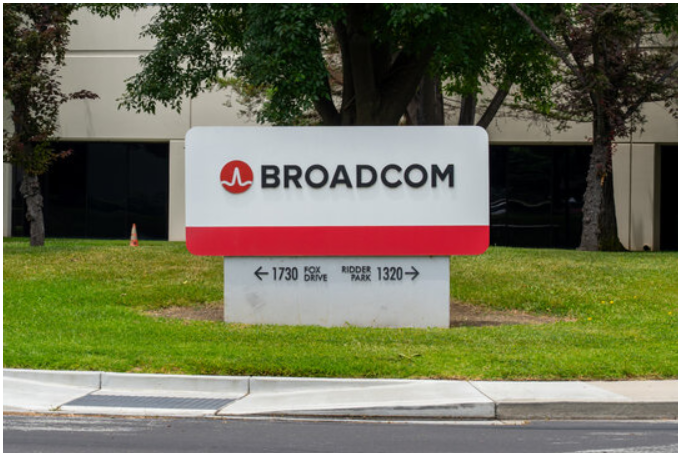
The partnership aims to offer a bespoke chip solution for both training and inference workloads. OpenAI has been assembling its semiconductor team during the last couple of years, with former Google TPU engineers joining to develop the project. Approximately 40 specialists now develop its custom silicon program.
Breaking Free from Nvidia Hardware
OpenAI remains one of the largest consumers of Nvidia GPUs. However, the organization is attempting to reduce the reliance on a single vendor. OpenAI AI chip 2026 is a long-term strategy in dealing with heightened demand while maintaining affordability.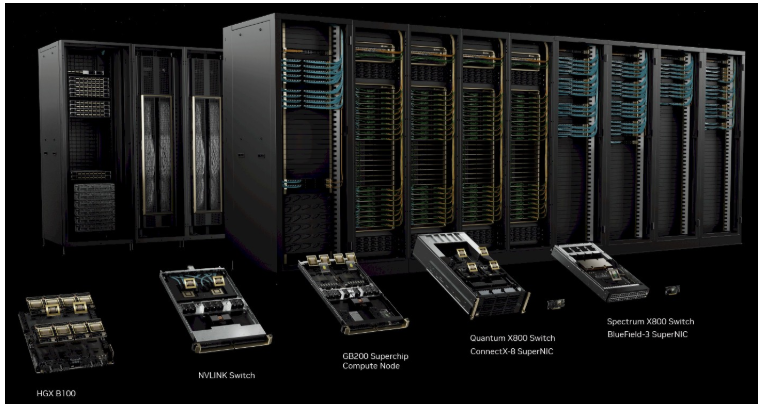
OpenAI remains a large Nvidia customer but is reducing reliance with its OpenAI AI chip 2026.
Besides Nvidia, OpenAI has tried out Google TPUs and AMD GPUs. It has also collaborated with Microsoft on Maia, a project for developing custom AI chips, providing technical advice to support diversification plans.
Internal Use Over External Sales
The new chip is unlikely to reach external customers. Instead, the OpenAI AI chip 2026 will be used to internally power ChatGPT and future models. The step is a part of the company’s focus on constructing infrastructure to manage heavy workloads.
The chips are to be produced at Taiwan Semiconductor Manufacturing Co. (TSMC), the reports say. By keeping the use internal, OpenAI desires to ensure quality control and optimize performance for its specific software stack.
Industry Precedent Among Tech Giants
The move reflects a trend across the industry. Google has been using its TPU family for years, and Amazon and Meta have invested in in-house silicon projects. The companies want in-house designs to contain the rising energy and compute costs of AI systems.
The OpenAI AI chip 2026 places the firm in this set of firms targeting infrastructure independence. By architecting chips that are custom-built for its models, OpenAI has greater command over cost, supply, and performance.
Analyst Reactions and Market Response
Following Broadcom’s disclosure of a $10 billion order, its shares surged by 15 percent, bringing market capitalization to $1.7 trillion. The stock move illustrated investors’ belief in custom silicon growth.
HSBC analysts noted that Broadcom’s custom chip business may expand more quickly than Nvidia’s in 2026. This is due to the emergence of specialized customers like OpenAI.
Workforce Expansion Underpins Chip Design
In preparation for the OpenAI AI chip 2026, the company has recruited engineers with experience in TPU design. They consist of Safeen Huda, formerly of Google’s TPU team, who joined in August.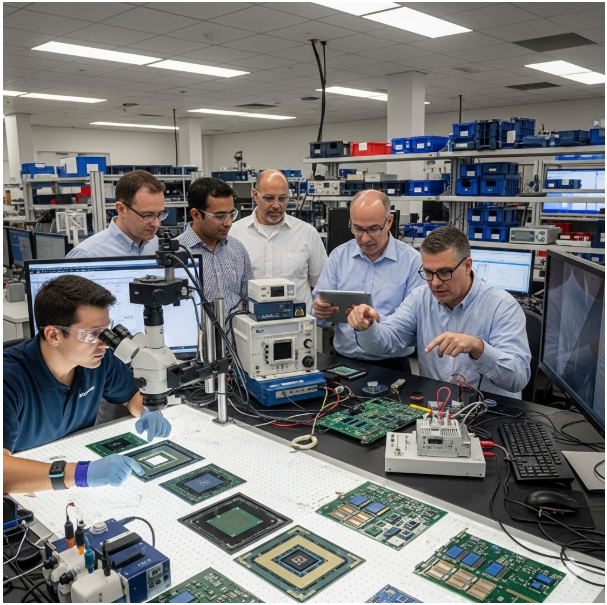
OpenAI has built a 40-person custom silicon team, including former Google TPU engineers
Richard Ho, another former Google TPU leader, also plays a central role. These hires strengthen OpenAI’s technical capability to support chip architecture, performance optimization, and production testing.
Tweet Confirms Market Anticipation
A tweet from StockMKTNewz on September 4 captured market attention:
“OpenAI is reportedly the mystery $10B AI chip customer of Broadcom. The OpenAI AI chip 2026 project shows the push toward in-house silicon and infrastructure diversification.”
OpenAI is set to produce its own AI chips for the first time next year with a chip designed with Broadcom $AVGO
Broadcom CEO Hock Tan today referred to a mystery new customer committing to $10 Billion in orders – Financial Times pic.twitter.com/skkWAjrewi
— Evan (@StockMKTNewz) September 5, 2025
This public statement echoed growing speculation that OpenAI was the unnamed customer. Market participants widely circulated the tweet, reinforcing expectations for custom AI silicon in 2026.
Diversifying Global AI Infrastructure
AI infrastructure diversification has become a strategic necessity. OpenAI’s reliance on multiple suppliers, including Nvidia, AMD, and Google, has provided stability during high demand. The OpenAI AI chip 2026 extends this effort by creating proprietary hardware designed specifically for its workloads.
The ability to balance suppliers ensures scalability while reducing exposure to supply chain disruptions. As AI workloads increase, OpenAI’s diversified approach mirrors strategies used by other hyperscale companies.
Rising Demand for Compute Power
OpenAI chief executive Sam Altman has emphasized the growing demand for compute resources. During August, he confirmed that OpenAI planned to double its compute fleet within five months.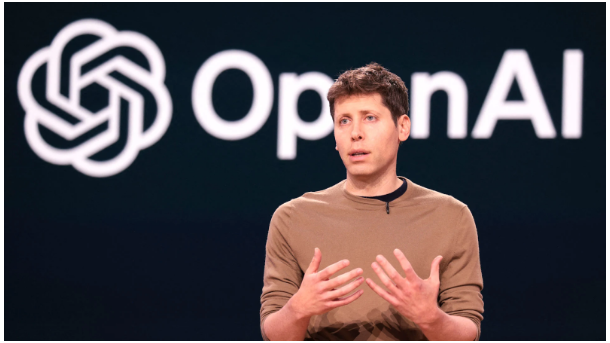
OpenAI CEO Sam Altman has emphasized the need for more computing resources to power AI models.
This emphasized the stress of building GPT-5 and scaling up ChatGPT use. OpenAI AI chip 2026 is introduced as part of the solution to this, with more than enough resources for research and deployment.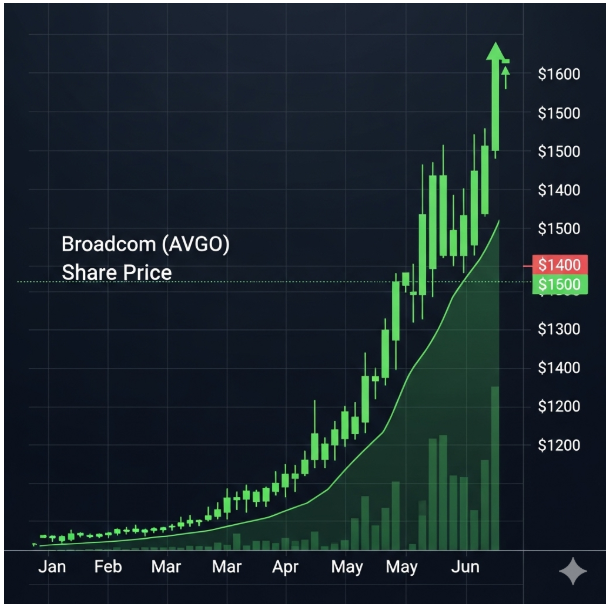
Market Outlook for OpenAI AI Chip 2026
OpenAI AI chip 2026 ought to experience strong demand from the very moment it is available. Broadcom already has $10 billion worth of confirmed purchases from the company in its order book.
Analysts believe that custom AI silicon will represent a larger proportion of the global AI hardware market. With OpenAI being the newest company to use custom chips, there may be growing competitive pressure for Nvidia.
The outlook for 2026 is for faster adoption of in-house design. With AI demand still expanding, companies using custom silicon may realize efficiency gains.
Broadcom Partnership and Long-Term Growth
The Broadcom deal guarantees OpenAI long-term support for its silicon roadmap. Tan made it clear on an analyst call that chips for the new client would start shipping aggressively next year.
The upside potential for Broadcom’s AI business is now backed by “immediate and reasonably significant demand.” That solidifies the status of OpenAI as a strategic customer for years to come.
AI Infrastructure Diversification Among Hyperscalers
OpenAI AI chip 2026 also reflects the broader move by hyperscalers to take over infrastructure growth. With AI models requiring larger clusters, organizations are no longer relying on commercial GPU vendors exclusively.
By creating chips that are custom-designed for specific models, companies are able to achieve higher efficiency and lower costs overall. The trend shows no signs of slowing, with OpenAI joining Google, Meta, and Amazon in making the move.
Also Read: AT&T EchoStar Spectrum Deal: A $23 Billion Game-Changer for US Connectivity.
Final Thoughts
The OpenAI AI chip 2026 demonstrates a decisive step toward AI infrastructure diversification. The Broadcom partnership strengthens the company’s supply chain and creates a clear pathway for scaling AI workloads.
As custom silicon adoption expands, the global AI hardware landscape will continue to evolve. OpenAI’s move confirms that in-house chip strategies are now central to long-term infrastructure planning.

